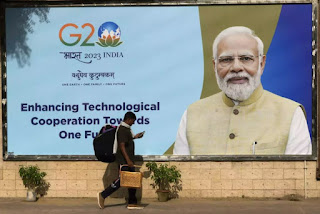Business Model for a Solar Developer

Training purpose only For businesses in India, the solar business model paves the way for financial incentives and opportunities, aligning seamlessly with the nation’s dedication to a sustainable and brighter future for all. What Are the Benefits of Solar Power to Business? Many businesses are now tapping into this alternative source of energy, hoping to benefit from its numerous advantages. Good Return on Investment Government incentives and the decrease of solar equipment costs means the utilization of solar power is a sound investment and a good financial decision for public agencies and businesses. Investing in solar power generates both long-term savings and quick payback. You can make money as a solar power developer but you have to choose a viable business model to make your concept work. This model specifies how income is earned, either by selling the energy generated or by using the electricity produced on-site and saving money. The solar business model affects man...


